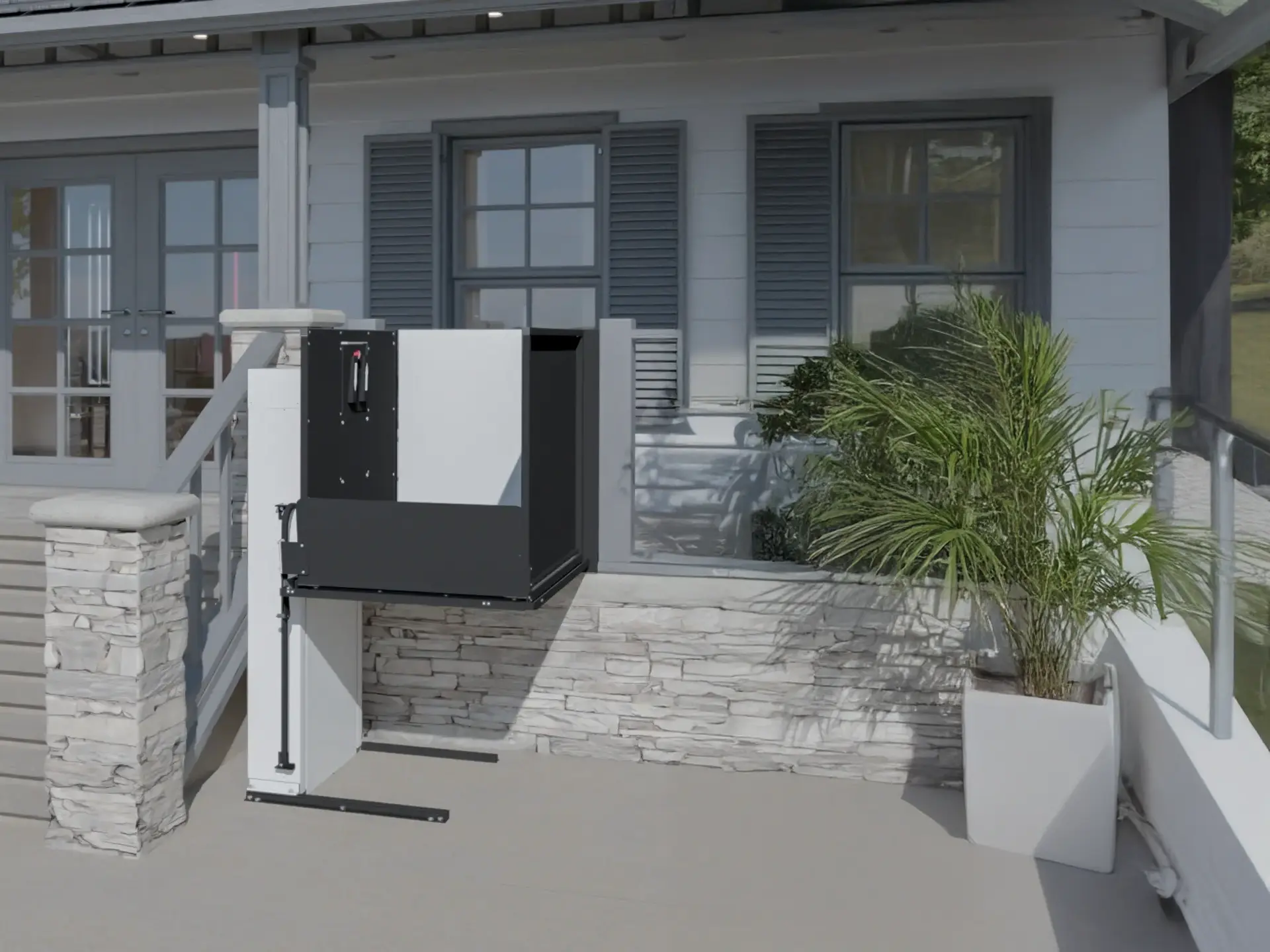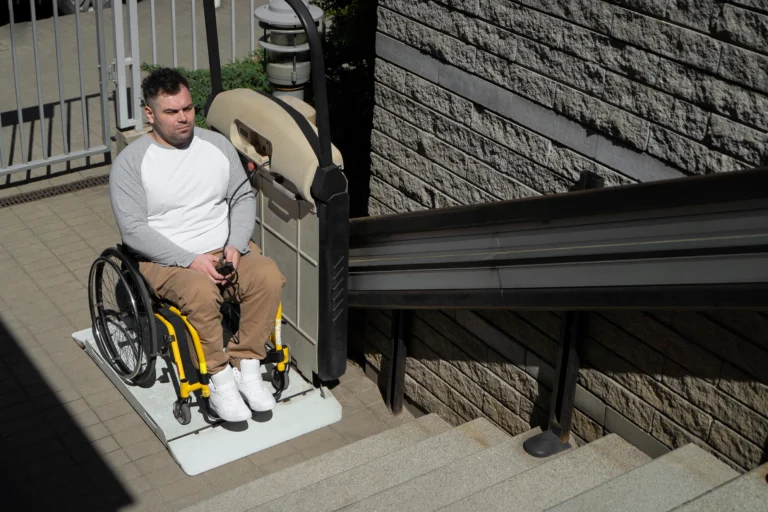Home accessibility isn’t a luxury—it’s a necessity. As Michigan’s population ages and mobility issues become more common, families are looking for ways to make their homes safer and easier to navigate.
From lifts for homes to custom home ramps, these mobility solutions empower seniors, people with disabilities, and caregivers to live more independently and with greater peace of mind. The right mobility lifts for home use can eliminate daily obstacles and create a more inclusive living environment for everyone.
Why Accessibility Matters at Home
Limited mobility can affect every part of daily life—climbing stairs, getting into the shower, or even entering the house can become challenging or dangerous. That’s where wheelchair lifts, home ramps, and patient lifts for home use make a real difference.
By integrating assistive devices into the home, you restore freedom, confidence, and safety. In Michigan, where weather and home designs vary widely, having the right solutions in place is critical to long-term comfort and care.
Types of Lifts for Homes
There are several lifts for homes designed to suit different needs:
- Stair lifts: Seat lifts that glide along a rail for easy movement up/down stairs.
- Platform lifts: Flat platforms that raise wheelchairs or scooters between levels.
- Through-floor lifts: Elevator-style lifts for seamless access between floors.
These systems are especially helpful for those using wheelchair lifts for home access, allowing full use of the home without the need for major structural changes.
Wheelchair Lifts for Home Use
When it comes to wheelchair lifts for home, you’ll typically choose between vertical platform lifts (VPLs) and inclined platform lifts (IPLs):
- VPLs work like mini elevators, perfect for short vertical distances (like porch to doorway).
- IPLs follow the stair line, great when space is tight but stair access is needed.
Key features to consider: weight capacity, safety rails, backup power, and easy-to-use controls. These mobility lifts for home environments can be installed indoors or outdoors and are crucial for maintaining access throughout the property.
Understanding Mobility Lifts for Home
Beyond wheelchair lifts, there are other mobility lifts for home caregiving needs:
- Ceiling lifts: Track-mounted systems for transferring individuals from bed to chair or bath.
- Portable patient lifts: Mobile options with slings, useful in multiple rooms.
- Sit-to-stand lifts: Assist users who can bear some weight during transfers.
Choosing the right lift depends on user mobility, caregiver support, and home layout. These systems reduce the physical strain on caregivers while ensuring safe, smooth transfers.
Home Ramps and ADA Handicap Ramp Requirements
Home ramps are one of the most straightforward ways to improve accessibility. The main types include:
- Modular ramps: Pre-fabricated metal ramps, easy to install and customize.
- Threshold ramps: Small ramps to bridge doorframes or small steps.
- Portable ramps: Lightweight and foldable for temporary or travel use.
All ADA handicap ramp installations must meet slope guidelines (1:12 ratio), include handrails, and feature non-slip surfaces. In Michigan, it’s also important to consider snow/ice resistance for outdoor ramps.
Wheel Chair Ramp Installation Guide
Wheel chair ramp installation starts with measuring the vertical rise and determining the best ramp style for the space. Materials like aluminum, treated wood, or composite decking offer different benefits based on durability and aesthetics.
DIY ramp installation is possible for smaller threshold ramps, but for full-scale ADA handicap ramp projects, hiring a professional is highly recommended. They’ll ensure the structure meets code, supports weight safely, and holds up to Michigan’s climate.
Patient Lifts for Home Use
Patient lifts for home include a range of equipment designed to safely move individuals with limited mobility. Popular types:
- Hydraulic lifts: Manual, cost-effective, and portable.
- Electric lifts: Easier to operate and more stable.
- Sit-to-stand lifts: Ideal for individuals with partial weight-bearing ability.
Caregivers should be trained on usage, safety checks, and proper lifting techniques to avoid injury and ensure comfort. These tools can dramatically reduce the risk of falls or strain during transfers.
Choosing the Right Solutions for Your Home
There’s no one-size-fits-all answer when it comes to mobility lifts for home needs. Here are a few key considerations:
- Space constraints: Will a lift or ramp fit without altering the structure?
- User ability: Will the user need full assistance or partial support?
- Long-term needs: Will mobility decline further over time?
- Climate: Can the product handle Michigan’s weather?
Custom solutions might be more costly, but they ensure a better fit and better outcomes. Whether it’s wheelchair lifts, home ramps, or patient lifts for home, the right choice is the one that meets real-life needs—safely and reliably.
Final Thoughts
Creating an accessible home isn’t just about convenience—it’s about safety, dignity, and independence. From lifts for homes to ADA handicap ramps, investing in the right tools transforms daily living.Explore your options for mobility lifts for home, plan smart wheel chair ramp installation, and connect with local experts in Michigan. A safer, more accessible home isn’t just possible—it’s within reach.


